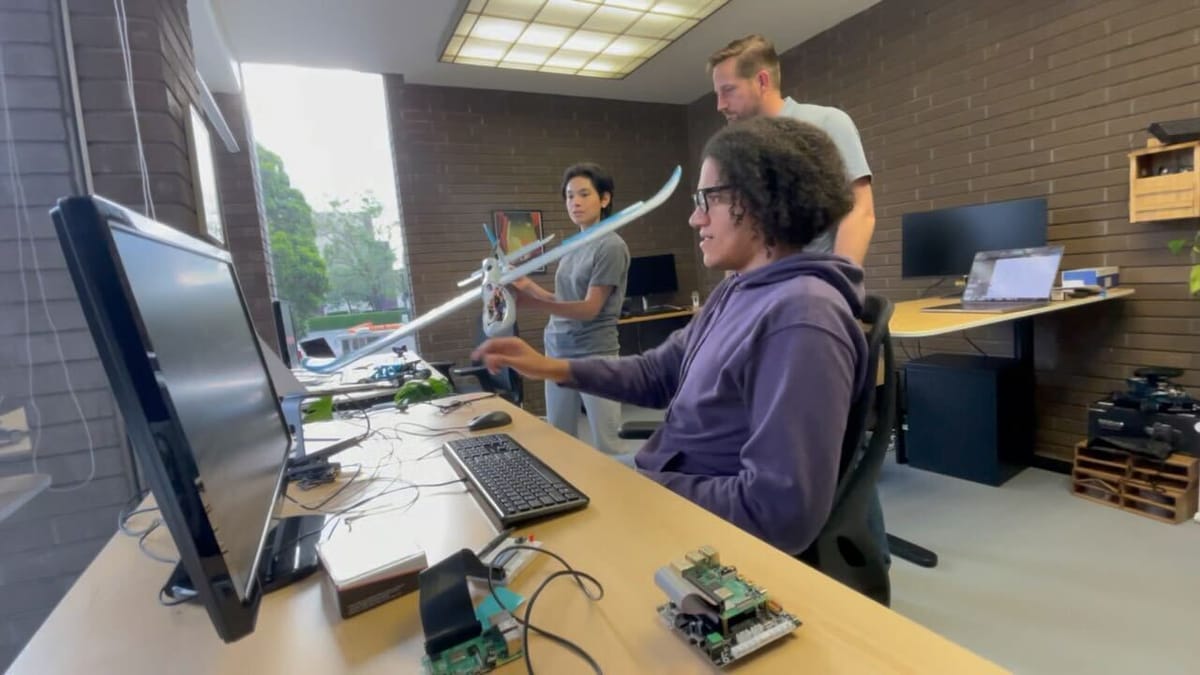Pictorus raises $3.5M to make software development easier for aerospace & automotive sectors

Today I’m thrilled to announce Pictorus has closed a $3.5M seed financing round, led by Catapult Ventures. After a year in stealth and nearly the same in Beta, we’re excited to use this latest funding to bring Pictorus to the aerospace, automotive, and robotic markets with a formal release later this year.
The problem we’re solving is simple: Developing software for hardware is still way too hard.
Most hardware startups we’ve encountered end up rebuilding the same core tools and infrastructure over and over again… some combination of makeshift Python scripts, hacky sims and visualizations, and some kludgy infra code.. all cobbled together to design, deploy, and debug the software running on each vehicle. It’s a mess, but it is today’s developer experience.
In large part, this is because the engineering tools we all learned back at university (Matlab & Simulink) just don’t cut it for what we need to build and deploy today. And unless Elon is footing the bill, internal engineering tools are really inefficient to develop in-house; both in engineering hours sunk, and avoidable mistakes repeated. Engineers need better workflows for bringing new hardware to life - and at the scale and pace of modern, globally distributed fleets.
Meanwhile, large, established aerospace and automotive teams feel trapped by the old Matlab/Simulink toolchain they committed to over 30 years ago, to the tune of tens of millions of dollars annually (each). They’re not happy with it, but they don’t see a way out - replacing deeply entrenched tools requires a fundamental shift in how the industry approaches developing software for hardware.
Luckily, such a sea change is already underway. The software community has come to realize most of the pain, misery, and security issues of embedded coding in the last quarter century were due almost entirely to flaws in the languages themselves - especially C (which is at the heart of Simulink) [1][2][3]. Modern, memory-safe languages like Rust aren’t just a Silicon Valley fad; thanks to an international collaboration of teams spearheaded by Ferrous Systems, Rust is now aerospace and automotive grade, and tackling some of the hardest problems in modern safety-critical systems. Major aerospace and automotive companies globally have identified this, and are actively looking for a path off their legacy Simulink C-code, towards a brighter future in memory-safe Rust.
At Pictorus, we’ve built a solution for this entire spectrum of experience - from scrappy aerospace startups looking to bootstrap their first hardware product, to large automotive OEMs looking to port their legacy Simulink code into Rust.
“From the moment I saw what Pictorus had built, I knew this was the future of embedded systems programming. I’ve spent too much time banging my head on my keyboard debugging C/C++ or Matlab/Simulink while squinting at a screen hunched over a car, airplane, drone, or tractor.” says Darren Liccardo, General Partner at Catapult Ventures. “The aerospace industry is rapidly innovating, yet it lacks the flexible tools to quickly program and iterate,” Marlinspike Co-Founder Mislav Tolusic adds. “Pictorus can fill that gap.”
We’re cloud-native, Rust and Python at the core, and later this year will be largely open sourced. We enable hand code and visual, model-based design to coexist and sync to Github seamlessly. Code generation and compilation is handled for you with infinitely scalable compute, and software is automatically deployed and monitored in real time to all your devices, anywhere in the world. This is the paradigm we wish we had at our prior hardware startups, and we’re excited to share it with the world.
I want to give a big shout out to the investors backing us this round, starting with our original partners at Lux and WIN, and introducing our latest partners at Marlinspike, Friends & Family Capital, RedBlue Capital, and Never Lift. We’ve assembled a team with deep connections across the industries most excited about our product, and are eager to accelerate our progress with their partnership.
Finally, we’re doubling our core team, across engineering and GTM, so do reach out if this mission resonates with your aspirations!
Chris
